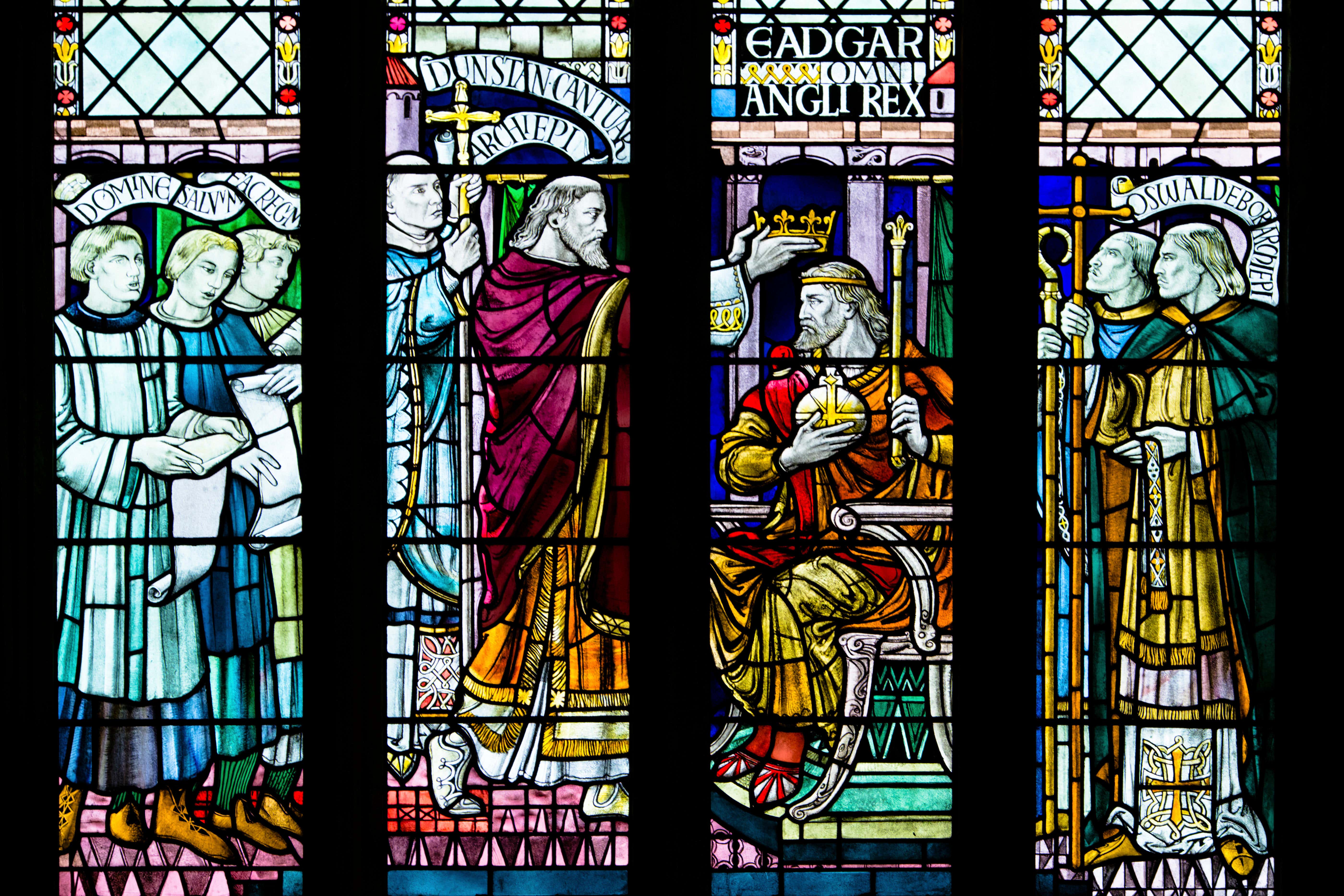How the ancient coronation ceremony has been shaped over the centuries
The main elements of a coronation come from the crowning of the Saxon king Edgar the Peaceful in AD 973.

The coronation ceremony has its origins in medieval times and was an essential rite of passage and important part of the journey to becoming king or queen.
But while the crowning of the new monarch is seen as the highlight, the most important moment is actually the “unction”, the sacred act of anointing a monarch with holy oil.
It can be traced as far back as the 7th and 8th centuries and signals that the monarch has been chosen by God.
The UK remains the only European monarchy to retain such a ceremony.
British sovereigns now succeed immediately under law – Charles III is already king even before he is anointed and crowned.
The main elements of a coronation come from the crowning of the Saxon king Edgar the Peaceful, the first King of all England, at Bath Abbey in 973.
It was devised by Saint Dunstan, the then Archbishop of Canterbury, and established the blueprint for all coronations to follow.
Coronations emerged from the European tradition of increasing church involvement in the state, as well as demonstrating stability in a bid to settle disputes over who should succeed to the throne.
Almost every monarch for nearly 1,000 years has been crowned at Westminster Abbey, since William the Conqueror in 1066.
The exceptions are Edward V, one of the Princes in the Tower, who was placed in the Tower of London in 1483 by the future Richard III and never seen again, and Edward VIII, who abdicated in 1936. Neither was crowned.
Before the Abbey was built, there was no fixed location for coronations, but William the Conqueror is thought to have chosen the Abbey for his own to reinforce his claim as the legitimate successor of Edward the Confessor, who ordered the building of the church.
In the 14th century the highly decorated illustrated manuscript The Liber Regalis, or Royal Book, which is still kept in the abbey, was made as an instruction manual to help people run and organise a coronation.
Its basic running order of the Christian ceremony remains the same.
The Coronation Oath, in which the monarch swears to govern the peoples of the United Kingdom and the Commonwealth realms “according to their respective laws and customs” is the only aspect of the ceremony that is required by law.
Bookmark popover
Removed from bookmarks